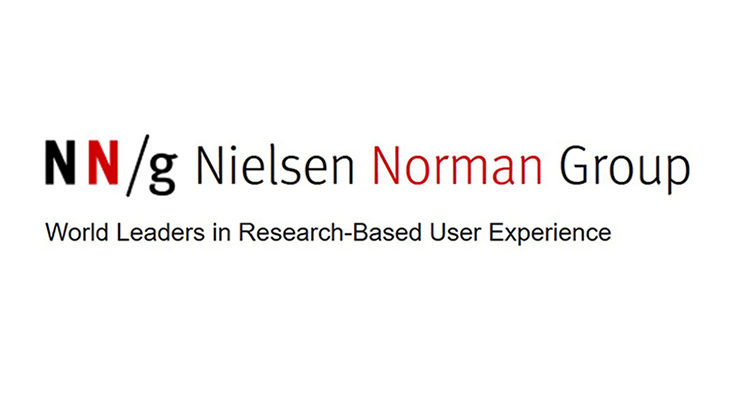“Summary: While branding has been around since people began buying and trading goods, the definition has evolved in the Digital Age. Consumers now have a wider range of interaction with companies and greater choice in product selection. Today, brand is the holistic sum of customers’ experiences, composed of visual, tonal and behavioral brand components, many of which are shaped by interaction design.”
“Brand Is Experience in the Digital Age”
Nielsen Norman Group, July 3, 2016
Branding, Interaction Design
By Kate Kaplan
…
Defining Brand in the Age of Digital Experience
As brands adapted to the digital world and consumers gained access to information and became increasingly influential, the definition of brand evolved to represent a broader set of experiences across all channels.
Definition: Brand is a subjective perception of value based on the sum of a person’s experiences with a product or company that ultimately influences that person’s sentiment and decisions in the marketplace.
Brand is a tool for influencing choice. Brand is not made of visuals or words alone — it’s not a logo or a slogan. Nor is it a figurehead, such as Steve Jobs. Those things are simply ways to communicate the brand. Although a figurehead such as Elon Musk or a logo such as McDonald’s golden arches can and do serve to effectively deliver the brand message, ultimately, a brand is formulated through a larger set of experiences. Flipping the flow of information from one-way to two-way (as discussed above) results in flipping brand from being a message to being an experience.
…
UX Is a Brand Differentiator
Most people can’t differentiate how they feel about a brand from how they feel about the experiences they have with that brand, so in many situations, UX becomes the brand differentiator. It can be part of — or all of — the reason a customer chooses to engage with a company or its products.
In their definition of user experience, Don Norman and Jakob Nielsen claim that “the first requirement for an exemplary user experience is to meet the exact needs of the customer, without fuss or bother.” Brands that choose to address an unmet user need at the core of their business are regularly disrupting industries by focusing on UX and, specifically, on unmet user needs as brand differentiators—and succeeding in oversaturated markets by doing so. Examples are not hard to find: Uber, AirBnB, and Netflix are based on this philosophy.
More competition in the market (and greater user access to those competitors through digital avenues) means that it’s more important than ever to stand out. And in order to do so, the entire experience of interacting with a brand must deliver a consistently great user experience.
Want the latest in your Inbox from the Nielsen Norman Group? Sign up for their weekly newsletter. Always short insightful and useful. (No they didn’t pay me to say that nor include this link. It’s simply that I find it very useful and informative and want to share it at-large.)
Alertbox E-Mail Newsletter – “The latest articles about interface usability, website design, and UX research from the Nielsen Norman Group. You will receive one brief email every week containing summaries of our latest articles and information about upcoming events and research.“

